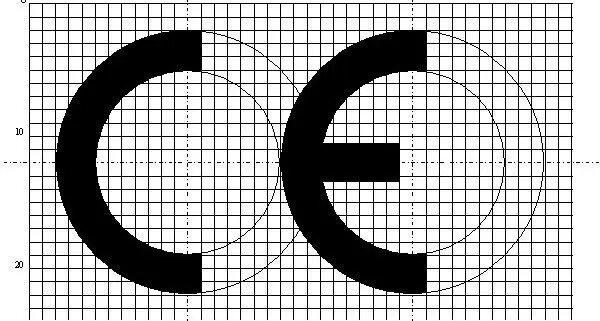RoHS (Restriction of the Use of Certain Hazardous Substances) is one of directives published by European Commission of EU. This directive restricts the use of certain hazardous substances in electrical and electronic products.
RoHS directive is published on European Union’s official page. You can check the directive by clicking here: DIRECTIVE 2011/65/EU
RoHS is generally used for CE marking of electrical and electronic products. It is updated and recent ones are named as RoHS II and RoHS III.
RoHS II is an “open scope” directive which means that by July 22, 2019 it is applied to all electrical and electronic products that are “dependent on electric current or EMF (ElectroMagnetic Fields) for at least one intended function.
RoHS III (EU 2015/863) adds catch-all (Category 11) products and adds four new restricted substances. The list for RoHS III is as follows:
Cadmium (0.01 %)
Lead (0.1 %)
Mercury (0.1 %)
Hexavalent chromium (0.1 %)
Polybrominated biphenyls (PBB) (0.1 %)
Polybrominated diphenyl ethers (PBDE) (0.1 %)
Bis(2-ethylhexyl) phthalate (DEHP) (0.1 %)
Butyl benzyl phthalate (BBP) (0.1 %)
Dibutyl phthalate (DBP) (0.1 %)
Diisobutyl phthalate (DIBP) (0.1 %)
Which electrical and electronic (EEE) products need RoHS testing or certification?
There are eleven categories of EEE covered by the directive
1. Large household appliances.
2. Small household appliances.
3. IT and telecommunications equipment.
4. Consumer equipment.
5. Lighting equipment.
6. Electrical and electronic tools.
7. Toys, leisure and sports equipment.
8. Medical devices.
9. Monitoring and control instruments including industrial monitoring and control instruments.
10. Automatic dispensers.
11. Other EEE not covered by any of the categories above.
Does every electronic product needs to be RoHS certified?
No. Some product groups are exempted. RoHS Directive (2011/65/EU) does not apply to:
(a) equipment which is necessary for the protection of the essential interests of the security of Member States, including arms, munitions and war material intended for specifically military purposes;
(b) equipment designed to be sent into space;
(c) equipment which is specifically designed, and is to be installed, as part of another type of equipment that is excluded or does not fall within the scope of this Directive, which can fulfil its function only if it is part of that equipment, and which can be replaced only by the same specifically designed equipment;
(d) large-scale stationary industrial tools;
(e) large-scale fixed installations;
(f) means of transport for persons or goods, excluding electric two-wheel vehicles which are not type-approved;
(g) non-road mobile machinery made available exclusively for professional use;
(h) active implantable medical devices;
(i) photovoltaic panels intended to be used in a system that is designed, assembled and installed by professionals for permanent use at a defined location to produce energy from solar light for public, commercial, industrial and residential applications;
(j) equipment specifically designed solely for the purposes of research and development only made available on a business-to-business basis.
Are you looking for RoHS Certification Services?
Send your product to our partner RoHS testing laboratory and certify your products according to recent RoHS regulations. RoHS testing and reporting will take about 4 weeks.

Recent Comments